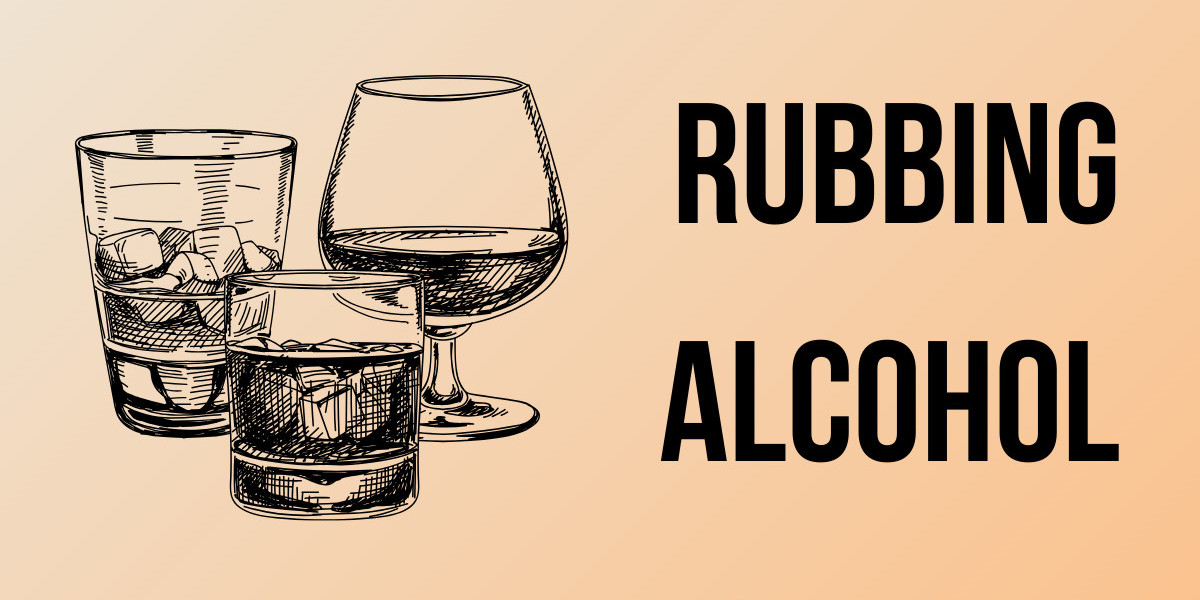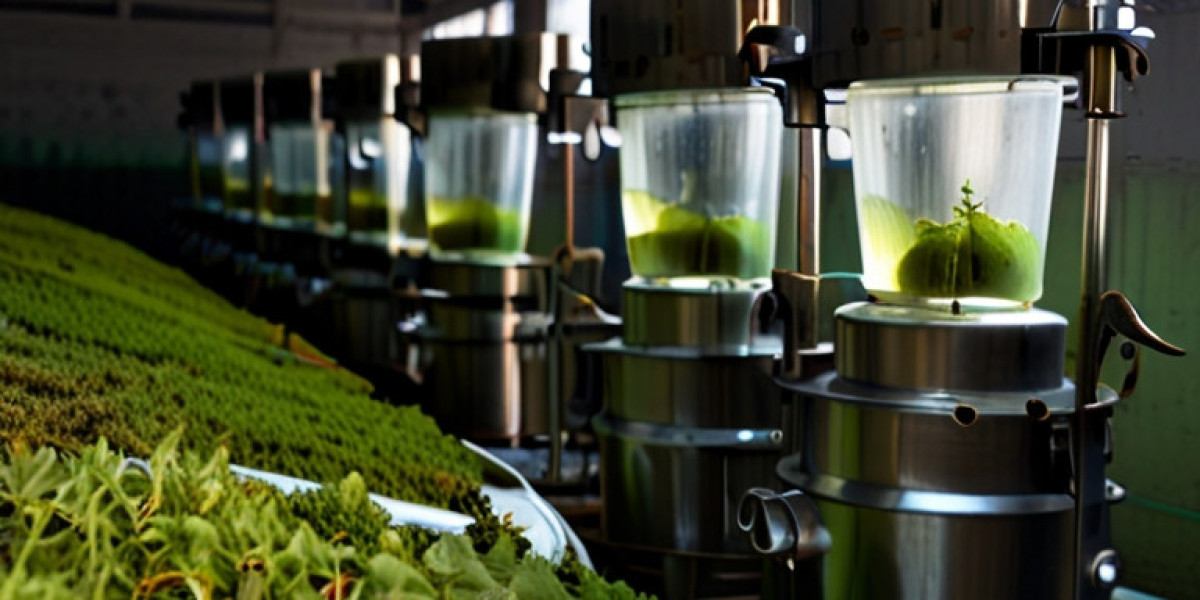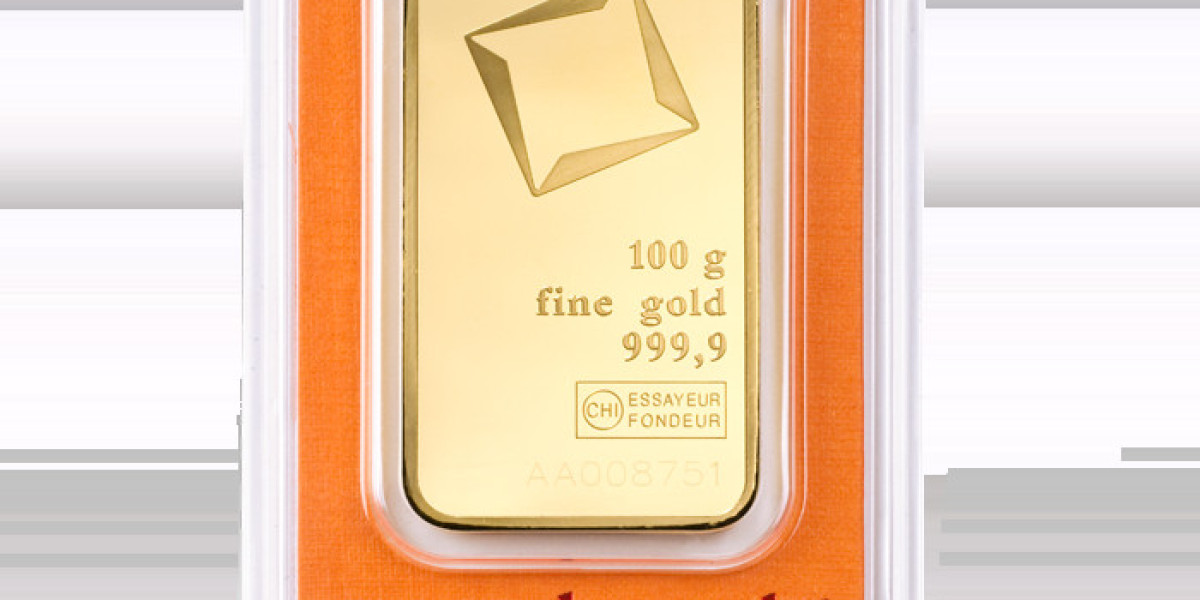Rubbing alcohol is a household essential that has been around for decades. From first aid to cleaning solutions, it serves multiple purposes and is often a go-to product for various needs. However, while many people are familiar with the term, not everyone fully understands what rubbing alcohol is, how it should be used, and the precautions that must be taken. In this comprehensive guide, we will explore everything there is to know about rubbing alcohol, including its composition, uses, benefits, and safety measures. By the end of this article, you'll have a deeper appreciation for this versatile liquid and the role it can play in your daily life.
What is Rubbing Alcohol?
Rubbing alcohol is a general term used to describe either isopropyl alcohol or ethyl alcohol that is mixed with water and other denaturants. It typically comes in concentrations ranging from 70% to 99%, with the remaining percentage being water or other denaturing agents. The higher the alcohol content, the more potent the solution is for disinfecting and cleaning purposes.
There are two primary types of rubbing alcohol:
Isopropyl Alcohol: This is the most common form of rubbing alcohol. It is used in a variety of applications, including as a disinfectant, antiseptic, and cleaning agent. It is often found in first aid kits, medicine cabinets, and even toolboxes.
Ethyl Alcohol: Also known as ethanol, this type of rubbing alcohol is less common but still widely used. It is often found in hand sanitizers and some cleaning products. Ethyl alcohol can also be used as a fuel or solvent, but it is less effective as an antiseptic compared to isopropyl alcohol.
Composition of Rubbing Alcohol
The main ingredient in rubbing alcohol is either isopropyl alcohol or ethyl alcohol, both of which are types of alcohol that can kill bacteria and viruses on contact. The typical concentration of rubbing alcohol ranges from 70% to 99%, with the remaining portion usually being water. The 70% solution is often preferred for disinfecting because it contains the right balance of alcohol and water, which allows it to penetrate cell walls and kill microorganisms more effectively.
Other ingredients in rubbing alcohol may include:
Water: Dilutes the alcohol to the desired concentration and aids in the application process.
Denatonium Benzoate: This bittering agent is added to make the alcohol undrinkable, discouraging ingestion.
Methyl Ethyl Ketone: A solvent that may be added to some formulations of rubbing alcohol to further discourage consumption.
Common Uses of Rubbing Alcohol
Rubbing alcohol is incredibly versatile and can be used in a multitude of ways. Here are some of the most common applications:
First Aid
One of the primary uses of rubbing alcohol is in first aid. It serves as an antiseptic that can be applied to minor cuts, scrapes, and burns to kill bacteria and prevent infection. However, it's important to note that while rubbing alcohol is effective at disinfecting, it can also be harsh on the skin. It is usually recommended to dilute it or use it sparingly to avoid irritation.
Disinfecting Surfaces
Rubbing alcohol is a powerful disinfectant that can be used to clean various surfaces around your home. From countertops to doorknobs, applying rubbing alcohol to these surfaces can help eliminate germs and bacteria. It is particularly useful in high-touch areas, such as light switches, remote controls, and phone screens.
Cleaning Electronics
Because rubbing alcohol evaporates quickly and leaves no residue, it is ideal for cleaning electronic devices. It can be used to safely clean the screens and surfaces of smartphones, tablets, keyboards, and other gadgets. To do this, apply a small amount of rubbing alcohol to a microfiber cloth and gently wipe down the electronic device.
Removing Sticky Residue
Rubbing alcohol is excellent for removing sticky residue left behind by stickers, labels, or tape. Simply apply a small amount to the sticky area, let it sit for a few seconds, and then wipe away the residue with a cloth. This method is safe for most surfaces, including glass, plastic, and metal.
Deodorizing Shoes
Unpleasant odors in shoes can be a common problem, but rubbing alcohol can help. Spraying a small amount of rubbing alcohol inside your shoes can help kill the bacteria that cause bad odors. Allow the shoes to dry completely before wearing them again.
Cleaning Makeup Brushes
Makeup brushes can harbor bacteria and oils, leading to skin irritation and breakouts. Regularly cleaning them with rubbing alcohol can help keep them sanitary. To do this, pour some rubbing alcohol into a cup, dip the brushes into the alcohol, and swirl them around. Afterward, rinse the brushes with water and let them dry.
Homemade Hand Sanitizer
During times when hand sanitizer is in short supply, rubbing alcohol can be used to make your own. A simple recipe involves mixing 2/3 cup of 99% rubbing alcohol with 1/3 cup of aloe vera gel. Add a few drops of essential oil for fragrance if desired, and store the mixture in a small bottle for convenient use.
Cold Compresses
When mixed with water and frozen, rubbing alcohol can be used to create a cold compress. Because rubbing alcohol doesn’t freeze completely, the mixture remains slushy, making it easy to mold around the affected area. This can be particularly helpful for soothing sprains, bruises, and other injuries.
Preventing Swimmer's Ear
Swimmer's ear, an infection in the outer ear canal, can be prevented by using rubbing alcohol. After swimming, applying a few drops of rubbing alcohol to each ear can help dry out any moisture that might lead to an infection.
Sanitizing Beauty Tools
Beauty tools, such as tweezers, razors, and nail clippers, can be sanitized using rubbing alcohol. Soak these tools in rubbing alcohol for a few minutes to kill any bacteria, then rinse and dry them before use.
Safety Precautions When Using Rubbing Alcohol
While rubbing alcohol is incredibly useful, it is also important to use it safely. Here are some key precautions to keep in mind:
Avoid Ingesting
Rubbing alcohol is toxic if ingested. It is denatured with bittering agents and other chemicals to make it unfit for consumption. Ingesting rubbing alcohol can lead to poisoning, which can be life-threatening. If swallowed, seek medical attention immediately.
Use in a Well-Ventilated Area
Rubbing alcohol has strong fumes that can be harmful if inhaled in large amounts. Always use it in a well-ventilated area to avoid inhaling the fumes. Prolonged exposure to the vapors can cause dizziness, headaches, and respiratory issues.
Flammability
Rubbing alcohol is highly flammable. Keep it away from open flames, heat sources, and sparks. Store it in a cool, dry place away from any sources of ignition.
Skin Irritation
Although rubbing alcohol is used as an antiseptic, it can be harsh on the skin, particularly if used frequently or in large amounts. It can cause dryness, irritation, and even chemical burns. If you have sensitive skin, consider diluting the rubbing alcohol with water or using it in moderation.
Avoid Contact with Eyes
Contact with the eyes can cause severe irritation. If rubbing alcohol gets into your eyes, rinse them immediately with water and seek medical attention if necessary.
Proper Storage
Store rubbing alcohol out of reach of children and pets. Make sure the bottle is tightly closed when not in use to prevent accidental spills and exposure.
How to Dispose of Rubbing Alcohol
Disposing of rubbing alcohol requires caution due to its flammable and toxic nature. Do not pour it down the drain, as it can contaminate water sources. Instead, follow these guidelines:
Check Local Regulations: Some areas have specific guidelines for disposing of hazardous materials like rubbing alcohol. Check with your local waste management facility for instructions.
Evaporation Method: If you have a small amount of rubbing alcohol left, you can let it evaporate in a well-ventilated area away from any flames or heat sources. Once it has evaporated, the container can be disposed of in regular trash.
Household Hazardous Waste Collection: Many communities have designated days for collecting household hazardous waste. Take your leftover rubbing alcohol to one of these collection sites for safe disposal.
Alternatives to Rubbing Alcohol
While rubbing alcohol is highly effective, there are alternatives that can be used for similar purposes:
Hydrogen Peroxide: This is another antiseptic commonly used for cleaning wounds and disinfecting surfaces. It is less harsh on the skin compared to rubbing alcohol.
Vinegar: A natural cleaner, vinegar can be used to disinfect surfaces and remove odors. It is less potent than rubbing alcohol but is safer for use around pets and children.
Tea Tree Oil: Known for its antimicrobial properties, tea tree oil can be used as a natural alternative to rubbing alcohol. It is often diluted with water or carrier oil for use on the skin.
Conclusion
Rubbing alcohol is a versatile and powerful solution that plays a crucial role in first aid, cleaning, and sanitization. Its ability to kill bacteria, viruses, and fungi makes it a staple in many households. However, it is essential to use rubbing alcohol safely to avoid potential hazards. Whether you're cleaning a wound, disinfecting a surface, or removing sticky residue, rubbing alcohol can be a valuable tool in your arsenal.
Incorporating rubbing alcohol into your daily routine can lead to a cleaner, healthier environment, but always remember to handle it with care. Understanding the proper uses and safety precautions ensures that you can take full advantage of its benefits without putting yourself or others at risk.



